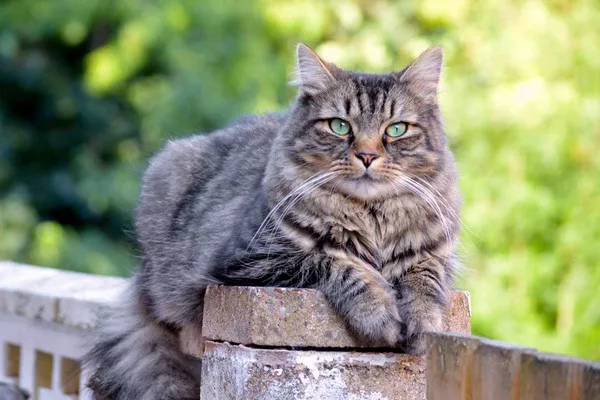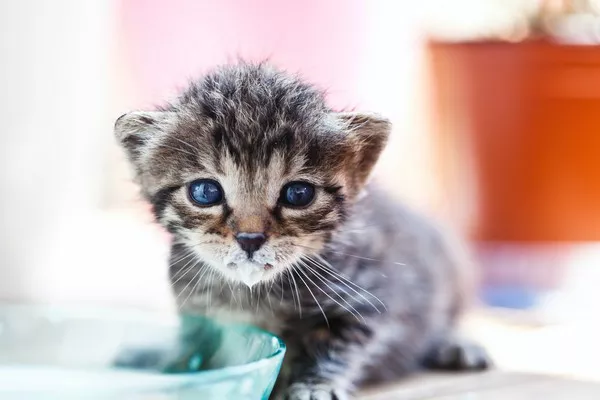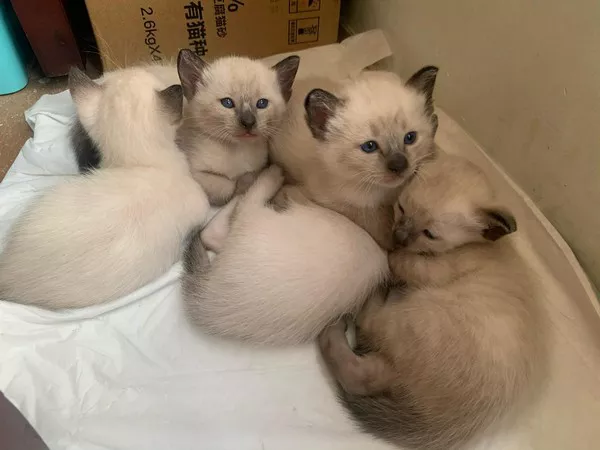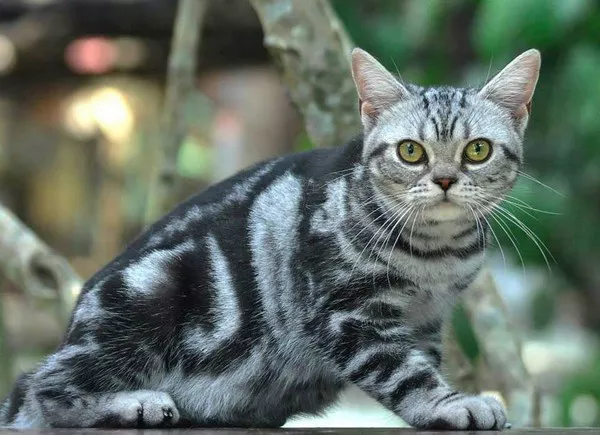Cats have long been cherished companions, each breed offering its distinct combination of characteristics, behaviors, and physical features. Among the many breeds, the Norwegian Forest Cat stands out as a captivating and distinctive feline. Often referred to as the “Wegie” or “Norsk skogkatt,” the Norwegian Forest Cat is celebrated for its remarkable appearance, historical significance, and unique personality. In this comprehensive article, we will delve deep into the world of Norwegian Forest Cats to uncover what sets them apart from other breeds.
The Appearance of the Norwegian Forest Cat
One of the most striking aspects of the Norwegian Forest Cat is its appearance. These cats are known for their majestic and robust stature, featuring a combination of physical attributes that make them instantly recognizable.
1. Size and Stature:
Norwegian Forest Cats are large, solidly built cats with powerful muscles and strong bone structures. Adult males typically weigh between 13 to 22 pounds (6 to 10 kilograms), while females are slightly smaller, ranging from 8 to 18 pounds (4 to 8 kilograms).
2. Coat:
The coat of the Norwegian Forest Cat is a defining feature. It is long, luxurious, and dense, providing excellent insulation against cold Nordic winters. Their double-layered coat consists of a dense undercoat and longer guard hairs. The fur on their neck, known as a “ruff,” is particularly striking and adds to their regal appearance.
3. Colors and Patterns:
Norwegian Forest Cats come in a variety of colors and patterns, with tabby being the most common. They can be found in classic tabby, mackerel tabby, spotted tabby, and more. Their coat colors range from traditional brown tabby to less common hues like black, white, cream, and red. The breed is known for its natural variety in coat colors and patterns.
4. Bushy Tail:
One of the signature features of the Norwegian Forest Cat is its bushy tail. This thick and fluffy tail is not only aesthetically striking but also serves as insulation and balance when navigating the outdoors.
The History of the Norwegian Forest Cat
To truly understand what makes the Norwegian Forest Cat different, we must delve into its rich history and origins. These cats have a storied past deeply rooted in Scandinavian folklore and history.
1. Ancient Heritage:
The Norwegian Forest Cat is believed to be an ancient breed, with its roots tracing back thousands of years to the forests of Norway. It is considered a natural breed, meaning it developed without human intervention.
2. Vikings and Folklore:
Norwegian Forest Cats are intertwined with Viking history and Norse mythology. It is said that these cats were revered by the Vikings for their prowess as mousers aboard Viking ships. In Norse mythology, they were associated with the goddess Freyja, who was often depicted with cats.
3. Survival in the Wild:
Living in the harsh Norwegian wilderness for centuries, these cats developed unique traits that helped them thrive in the wild. Their thick, water-resistant fur and hearty constitution allowed them to endure the challenging Nordic climate.
4. Modern Recognition:
Despite their ancient heritage, the Norwegian Forest Cat faced a decline in numbers during the 20th century. Fortunately, concerted efforts by breed enthusiasts led to its recognition as a breed in the mid-20th century. Today, it enjoys popularity as a cherished pet and a reminder of its storied past.
The Personality of the Norwegian Forest Cat
Beyond their regal appearance and historical significance, Norwegian Forest Cats are known for their distinctive personality and temperament. These cats possess a combination of traits that set them apart from other breeds.
1. Playful and Active:
Norwegian Forest Cats are lively and active cats. They enjoy playtime and exercise, making them agile climbers and skilled hunters. Providing them with interactive toys and play sessions helps satisfy their need for mental and physical stimulation.
2. Intelligent and Inquisitive:
These cats are intelligent and inquisitive, often displaying problem-solving skills and a curiosity for their surroundings. They enjoy exploring their environment and may engage in activities like opening doors or figuring out puzzles.
3. Affectionate and Bonding:
Norwegian Forest Cats are known for their affectionate nature. They form strong bonds with their human companions and often seek out attention and affection. They are equally comfortable snuggling on the couch or perched high, observing their domain.
4. Gentle and Tolerant:
These cats are known for their gentle and tolerant disposition, making them excellent choices for households with children and other pets. They typically get along well with other animals and can adapt to various social dynamics.
5. Vocal and Communicative:
While not as vocal as some other breeds, Norwegian Forest Cats are known to communicate with their owners through soft and melodic meows. They may engage in conversation and “talk” about their day.
6. Independent Nature:
Despite their affectionate nature, Norwegian Forest Cats retain a degree of independence. They enjoy having their own space and may retreat to a quiet spot when they need alone time.
The Care and Maintenance of Norwegian Forest Cats
Owning a Norwegian Forest Cat comes with specific care requirements to ensure their well-being and happiness. Here are some essential considerations:
1. Grooming:
Due to their long fur, Norwegian Forest Cats require regular grooming. Brushing their coat a few times a week helps prevent matting and reduces shedding. Pay special attention to their thick ruff and tail.
2. Exercise:
These cats have an active nature and need opportunities for exercise and play. Providing climbing structures, interactive toys, and playtime with their owners helps keep them mentally and physically engaged.
3. Nutrition:
Choose a high-quality cat food that meets the nutritional needs of Norwegian Forest Cats. Consult with your veterinarian to determine the best diet for your specific cat’s age and activity level.
4. Health and Wellness:
Regular veterinary check-ups are essential to monitor your cat’s health and address any medical concerns promptly. Norwegian Forest Cats are generally healthy cats but can be prone to certain genetic conditions like hip dysplasia and heart disease.
5. Indoor vs. Outdoor:
Consider whether to keep your Norwegian Forest Cat indoors, outdoors, or a combination of both. Their thick fur provides insulation, but they can adapt to indoor living if provided with ample stimulation and environmental enrichment.
Conclusion
Norwegian Forest Cats are a breed that captivates with their regal appearance, rich history, and unique personality. Their striking physical attributes, intertwined with Viking folklore and Norse mythology, make them stand out among the diverse world of cat breeds. Their playful, intelligent, and affectionate nature adds to their allure as cherished companions.
If you’re considering adding a Norwegian Forest Cat to your family, it’s essential to understand their grooming, exercise, and nutritional needs. Providing them with proper care and a loving environment will allow you to experience the full charm and distinctive qualities that make these cats truly special. Norwegian Forest Cats are not just pets; they are a living testament to history and a source of joy and companionship for those fortunate enough to have them in their lives.


























